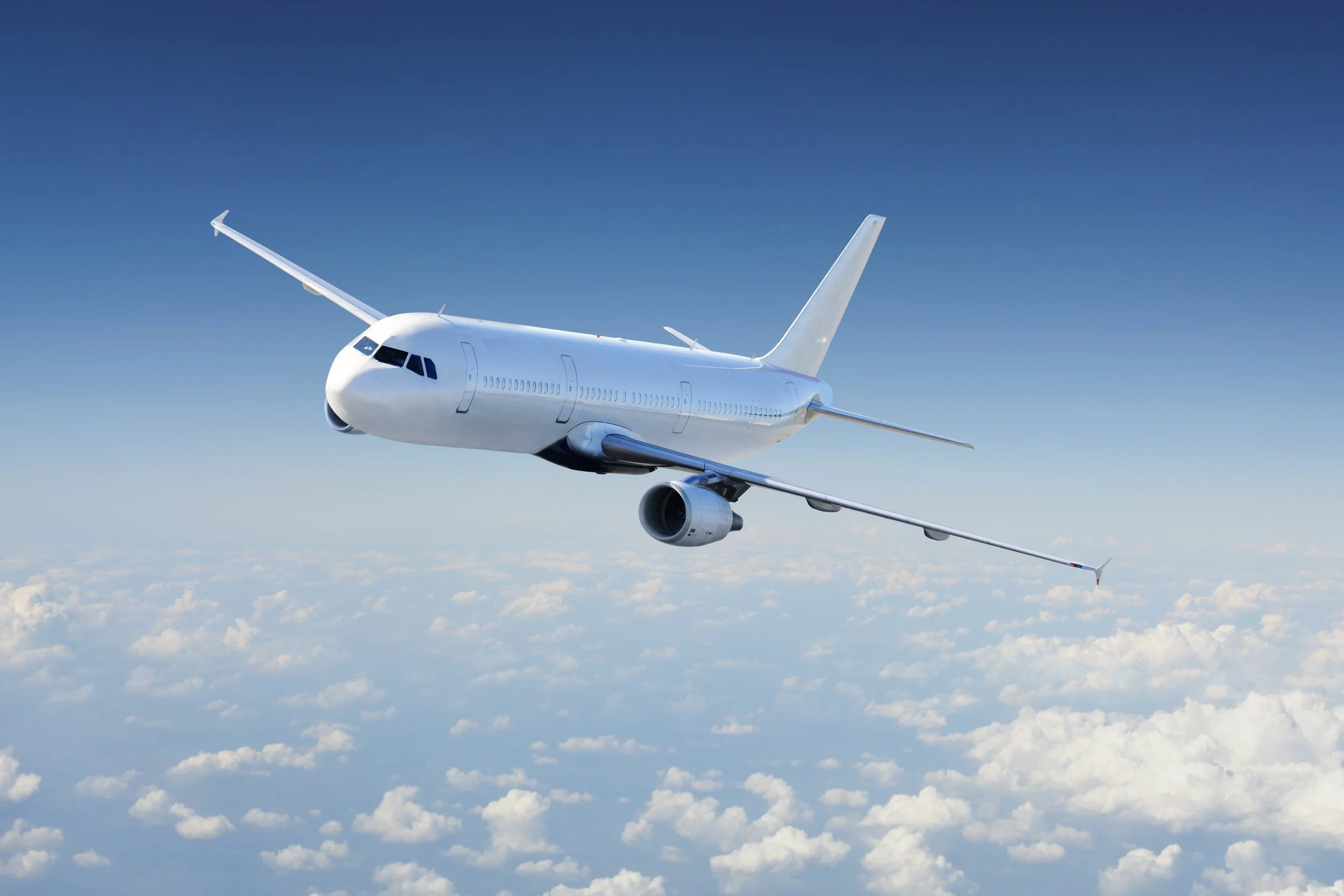
BRIGHTER.
Redefining the way passengers experience economy class flight, with a focus on comfort, personal space, and personalization.
The Future of Flight is Now.
Project Overview
The Challenge:
Who says flying economy can’t be all that and a bag of chips?
How might we enhance the domestic economy class passenger experience, with an emphasis on maximizing passenger comfort, optimizing personal space, and infusing aspects of personalization throughout the design?
My Role:
As the Project Lead, I worked on all aspects of this project from research and ideation, to prototyping and development.
I leveraged my research skills to conduct an extensive survey, engaging over 200 participants, and conducted user interviews at every phase of the project. In addition, I showcased my skills in rapid prototyping by building a scaled model of the final design. I combined 3D printed components with fabric, and MDF to build a successful model; which is currently on display in the Gulfstream Center for Design.
The Outcome:
At the conclusion of this 20-week project, BRIGHTER developed an innovative seating solution characterized by a novel “pod” design, sculpted to offer individualized spaces for each passenger. By developing a place for personal space, users reported a more comfortable experience while traveling. Furthermore, the introduction of personalization was rated highly by users. This is notably seen with the inclusion of detachable seat-back screens, which give passengers the opportunity to customize their journey to their unique preferences.
Challenging the evolution of flight.
The Process
Understanding,
The Problem.
Everyday over 2.9 million passengers fly within the United States, according to the Federal Aviation Administration (FAA). Of those millions, most will be in economy class. Through user research it became apparent that existing accommodations on board economy class flights are described as "crammed" "uncomfortable" and in a more positive light, "adequate".
Passengers want to have their needs met by a more user-centered design solution.
What People Are Saying Currently.
“If I had to describe flying in one word it would be, uncomfortable.”
— Anonymous, January 2023
“The biggest issue I face during my flight is not having enough space.”
— Anonymous, January 2023
Survey conducted by Hadley Kronemeyer. January 2023.

The Future of Flight is Now.
Transforming research into action with,
Ideation.
Sketching:
Using a combination of paper and ProCreate, I initially set out in a low stakes setting to share ideas on improving this experience for passengers.
Created on ProCreate.
Sketch Models:
Once there was a direction established through sketching it became time to quickly (and cheaply) build these ideas in 3D.
Created using Bristol Board.
Learning from,
Full Scale.
After learning from the sketches and small scale models it became time to size up and create a full scale prototype.
Using a variety of materials and settings, these full scale prototypes allowed for actionable user feedback that smaller versions did not work for.
Iterations.
Working through,
This project lasted 20 weeks. At the midpoint, the design was presented to the client. While they were satisfied there were areas for development within the overall design language, finding ways to allow the space to be sharable for those traveling with children or loved ones, and addressing concerns of claustrophobia.
Initial Design Proposition.
Inside glance at the phase-one proposal of the design to the client at week 10.
Built in Rhino 7. Rendered in Keyshot.
HERE?
So how do we get from here, to
Rendering. Built in Rhino 7. Rendered in Keyshot.
Our promise for a BRIGHTER tomorrow.
Following the client review, it was time to hit the drawing board, both literally and figuratively.
Through numerous sketches, CAD iterations, and material studies, phase-two of the design was underway.
The Outcome.
A New Way To Travel.
BRIGHTER pods enable passengers to have full flexibility of their space. From, adjustable dividers to overhead bag storage, everyone has a say in their definition of comfort.
What’s New?
Personal Item Storage:
With the addition of personal over head bag storage (in addition to that of the overhead storage containers) passengers now have up to 17 inches of additional leg room, all without affecting the current seat pitch
Detachable Seat Back Entertainment:
Using magnets to secure it during storage, charging, or viewing, allows for easy passenger removal for convenient access.
Material Development:
Drawing inspiration from "Smart Glass," as seen in Tokyo public restrooms, we've integrated this technology with Polymethyl Methacrylate (PMMA) to create a flight-safe alternative. This allows passengers to easily switch between opaque and transparent dividers in case of an emergency.
Seat Back Table:
Instead of a one-size-fits-all approach, our table offers versatility. Users can choose to fully extend it or use just half, opting for the shelf mode. In this mode, there's ample space for a phone and a drink, ensuring passengers have optimal room left in their seats.
Flexible Headrest:
For enhanced head comfort, our headrest features two sections: one for comfortable leaning, similar to the window seat, and another with a slimmer design for a more traditional headrest experience.
Dynamic Recline:
We've all experienced that moment when the person in front of us reclines their seat, taking our limited space. With our dynamic recline feature, the seat base slides out, ensuring each passenger retains their designated space.
Project Accomplishments
Physical model on display at the Gulfstream Center for Design (June 2023 - Present)
International Design Award (IDA) Winner 2023, Silver in Automotive & Transport - Aircrafts & Aerospace

BRIGHTER.
The Future of Flight is Now.
Want to learn more about BRIGHTER? Contact me via email or Linkedin!


























